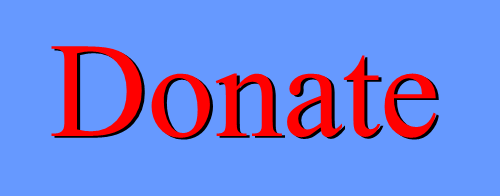|
|
Museum Documentation costs us.
Help if you can.
Should an artist document? (Self Documentation)
Document definitely!
For unframed works on paper or panel,
2 folders or envelopes or folios, both labeled (documented with dates and focus of period), 1 select, 1 general.
Sort best representations of the period for the "Select" container, the rest in general. When absolutely necessary to discard, the general goes first. Digital info like pictures are also subject to loss. Always handy to have originals.
Before placing the art in it's storage housing (always acid free)
2 parts to documentation.
Photographs and Text information.
The suggestions demonstrated are the low cost solutions for self documentation. When possible expert photographers should be employed.
If any of our product links fail or if you want to see alternatives, google for more choices.
Photography:
How many pictures?
For 2D work 4 are basic. 1 croped and resized for web, 2 inclusive shot, 3 back of art, 4 cropped best quality image for print
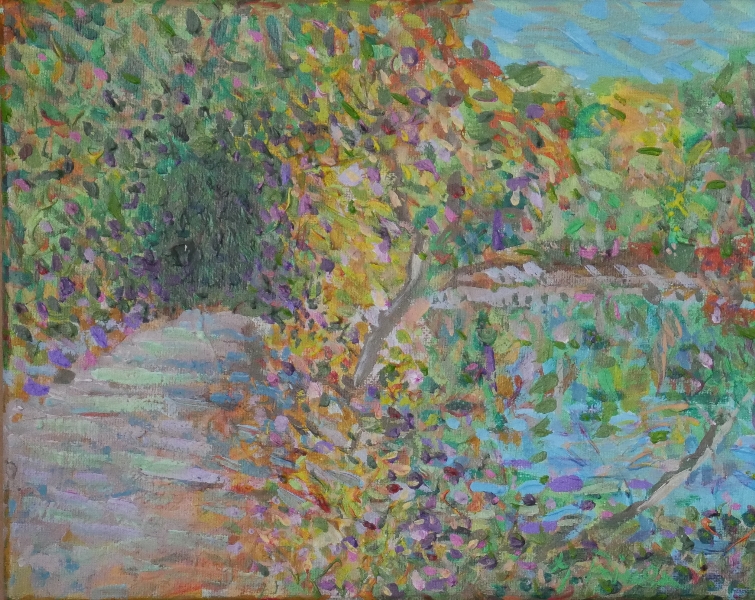
1-Jane Doe_Burroughs Path_acrylic-canvas_8"x10"_2015 (file name)
This is a small file. Resized from picture #4.
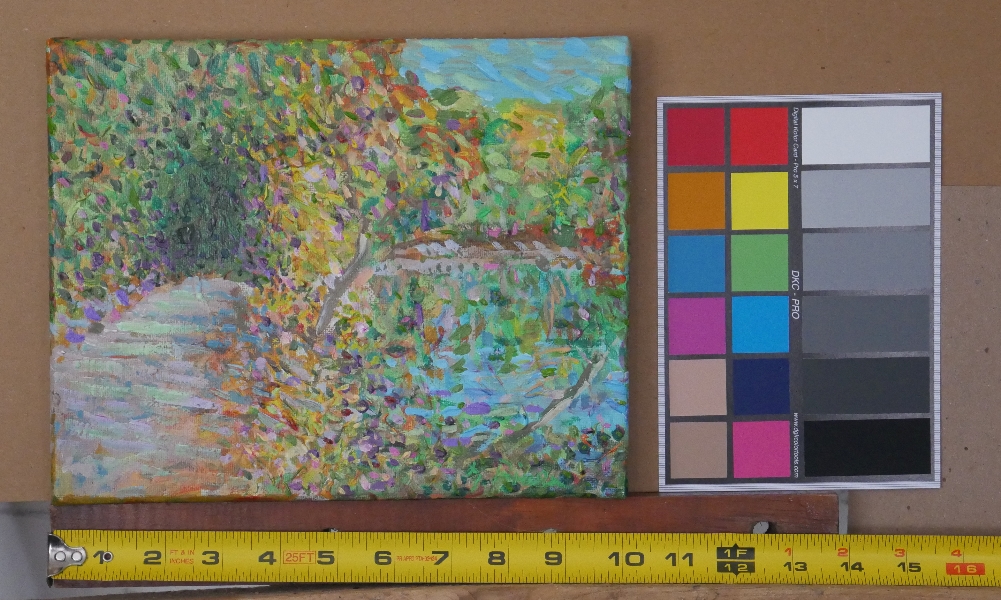
2-Jane Doe_DOC_Burroughs Path_acrylic-canvas_8"x10"_2015
This is a big file. Captured at highest quality possible.
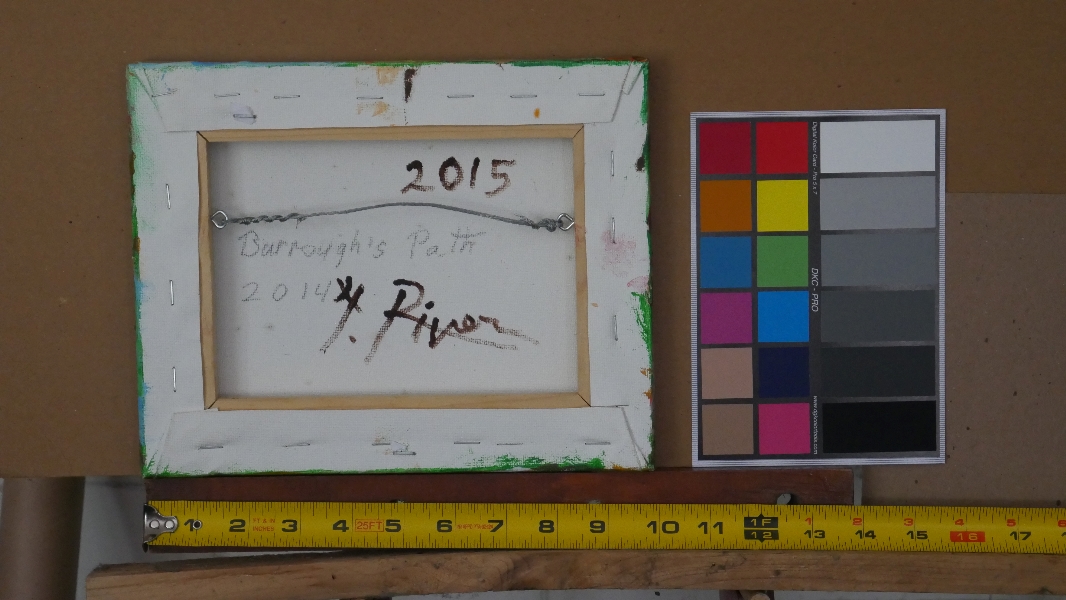
3-Jane Doe_BACK_Burroughs Path_acrylic-canvas_8"x10"_2015

4-Jane Doe_Burroughs Path_acrylic-canvas_8"x10"_2015 (file name)
This is a big file. Captured at highest quality possible.
Naming your file:
artist name_title_media-material_size_date
1-Jane-Doe_Spring-Flowers_acrylic-canvas_34x42in_2019
For 3D work as many as necessary to well represent the piece.
Stuff you might need:
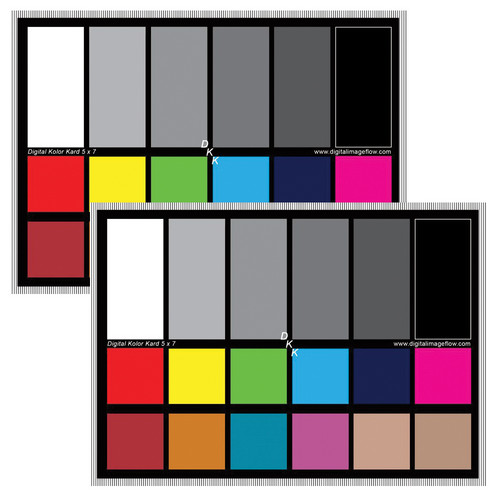
DGK Color Tools DKK Color Calibration Chart Set about $15 order here
Level:

order here About $5
Tape Measure:
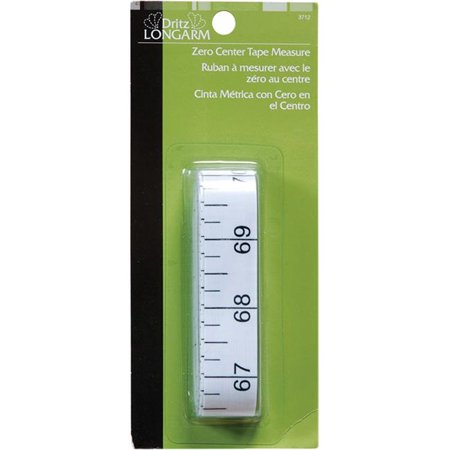
order hereAbout $8
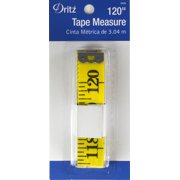
order hereAbout $4
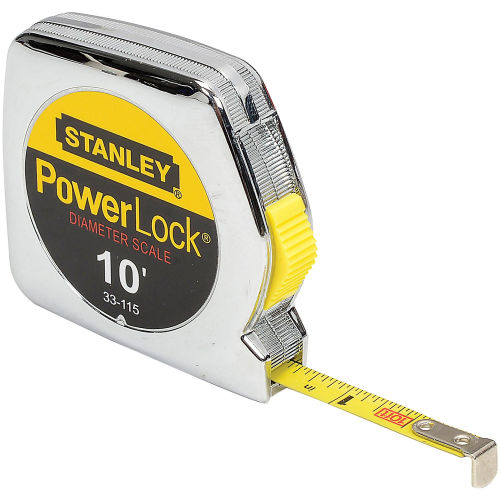
order here
It is important that your tape measure has a "Lock" capability. So you can easily place it next to your work of art for size reference. About $10
Tripod:

order here About $25
Phone Tripod Mount:
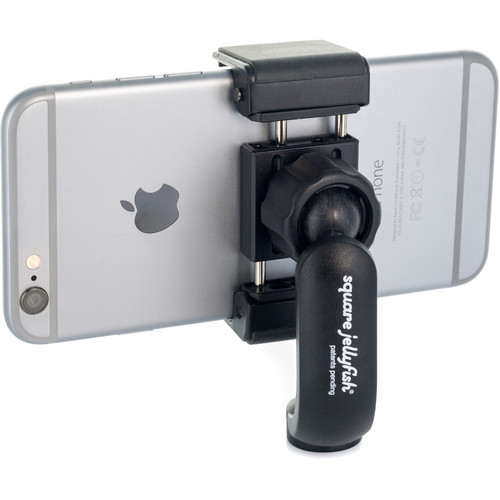
order here About $14
Tablet Tripod Mount:
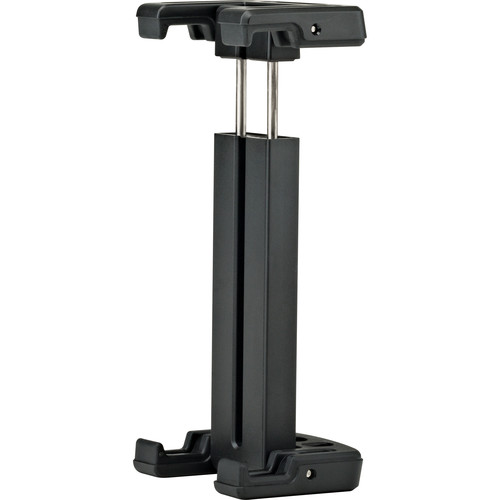
order here About $7
Lighting:
Natural light is good if diffuse. Overcast day. Direct sun light will cast shadows. If indoors with windows you can use reflectors to balance the light distribution. Any white surface will do. Bristle board or fomecore. Play with it till it works.
For lights, you will need 2. each about 45 degrees from art on either side of camera.
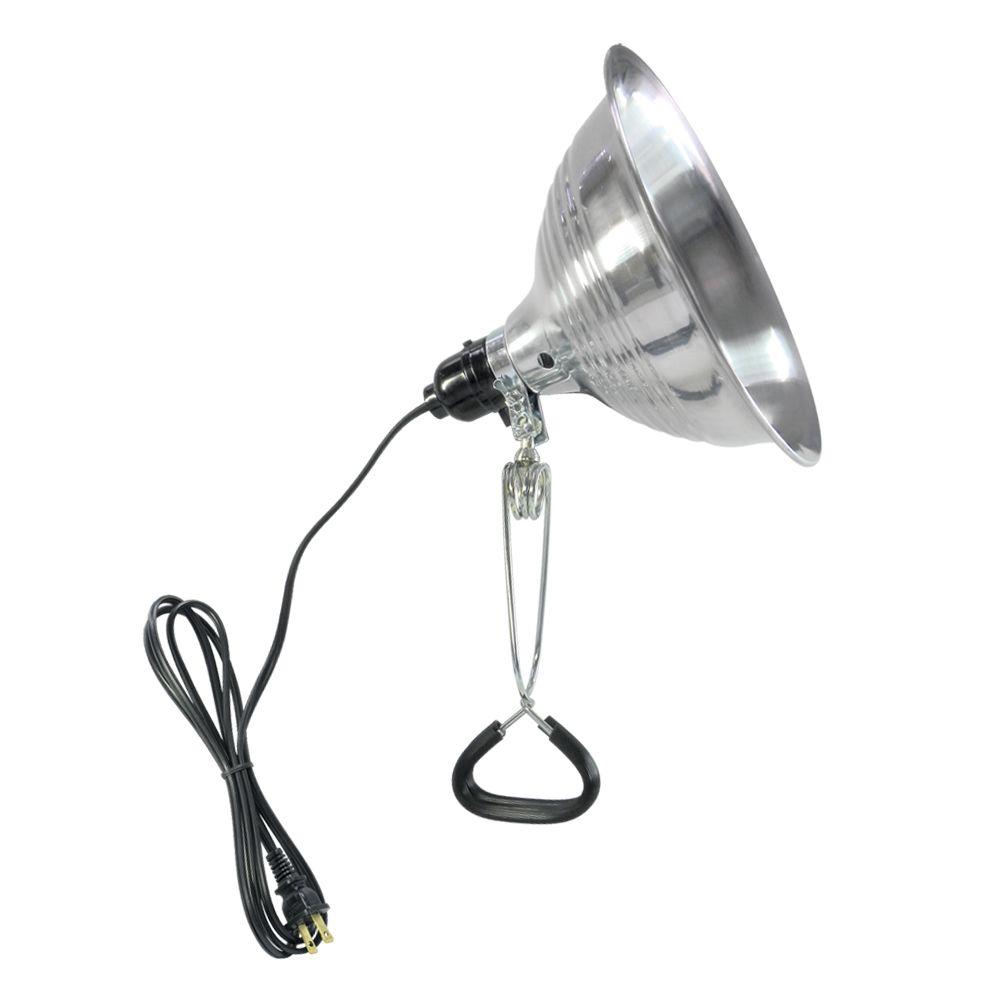
order here About $14 fo 2
Digital Camera:
Focus is critical. Take the time to get it right.
For high quality cameras capture both RAW and Jpg images.
Use remote trigger when you can. Most newer cameras let you use an app to take picture. (finger on button shakes camera)
If you have phone cam or tablet cam use timer or remote trigger to shoot hands free.
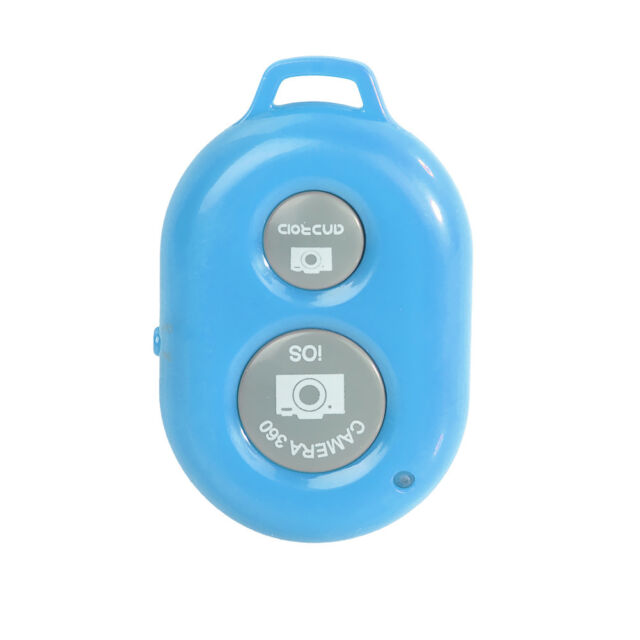
order here About $5
Setting UP:
Reference PDF
.jpg)

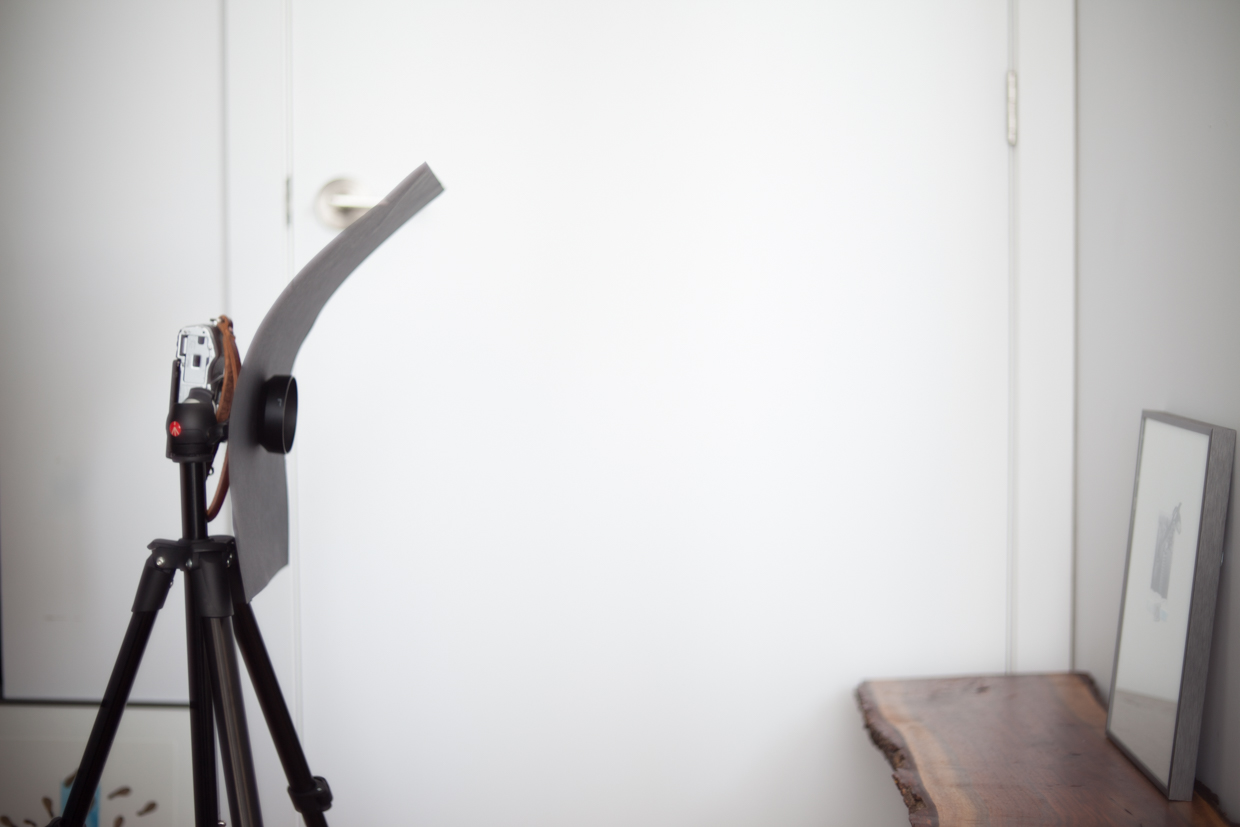
Level and parellell
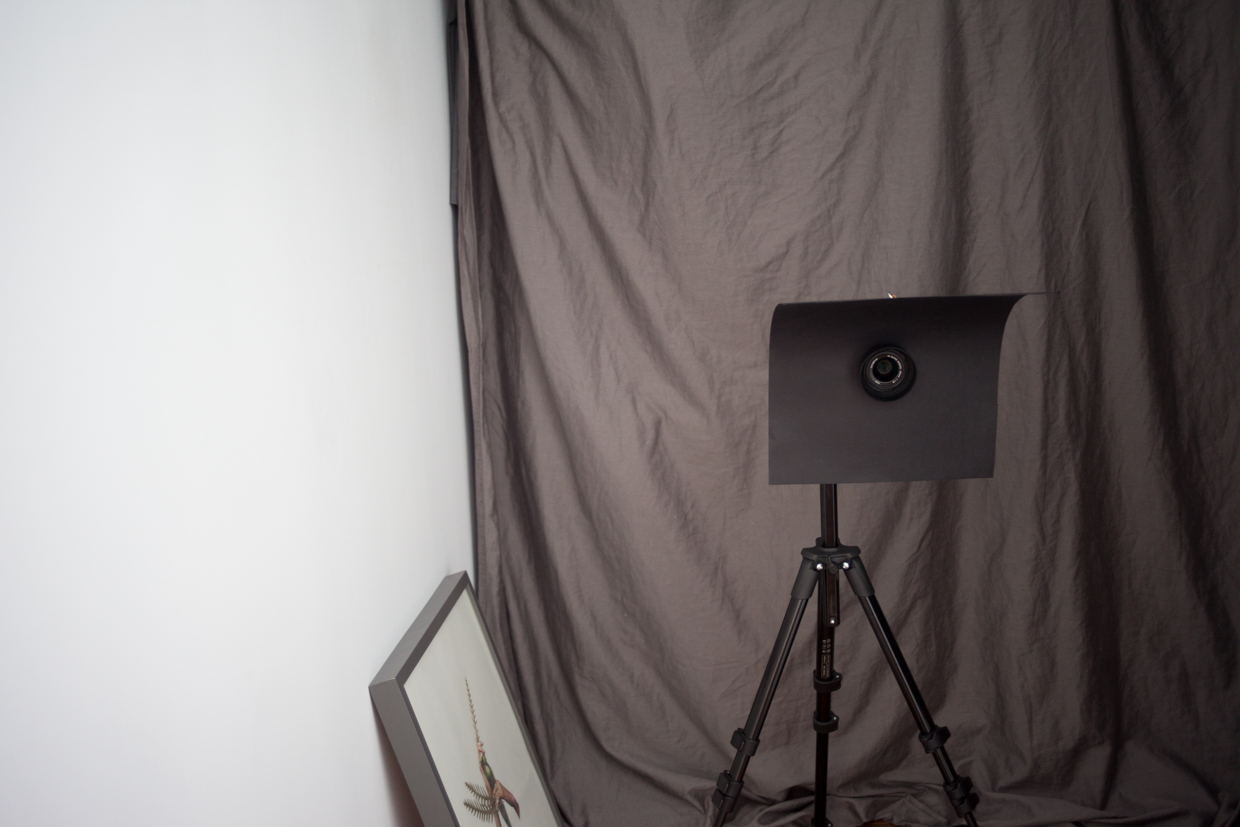
When shooting art under glass, black back cloth behind camera is good to cut out reflections.
Text:
If you are taking the trouble to type out the information, you should be doing it in a Data Base form. If you enter it into a database, you can save it, print it out, use it for a museum or gallery display, back it up so it has a better chance of survival.
Export it so it can work for you in another database.
O.K. you don't have a database. We do!
Have us set up a database table and form so you can save your art and tell your story.
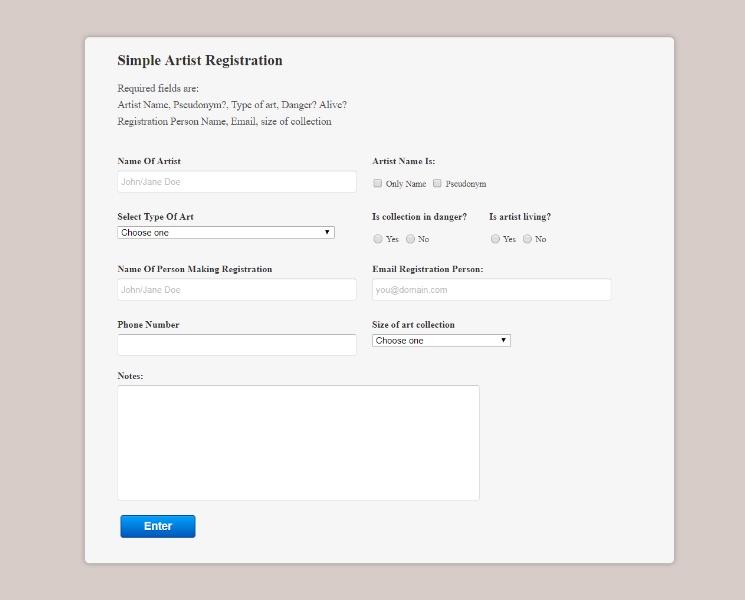
Screenshot of form to apply a collection for documentation.
Very simple.
Let us know about your collection.
Start here
|
Movies
About
Facebook
Twitter
Privacy Terms of use
Contact
Donate
© 2017 - 2025 River Art Museum Inc., all rights reserved
|


